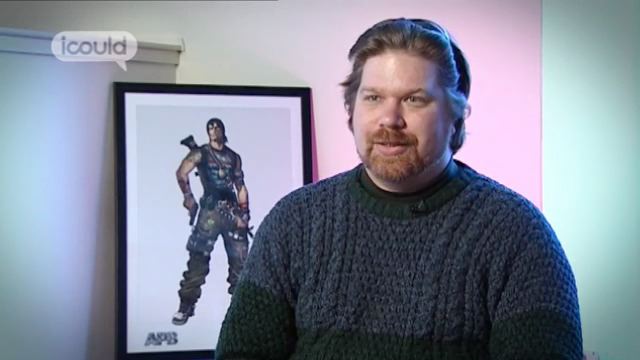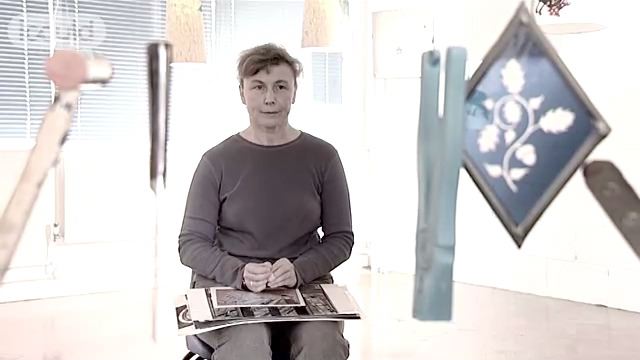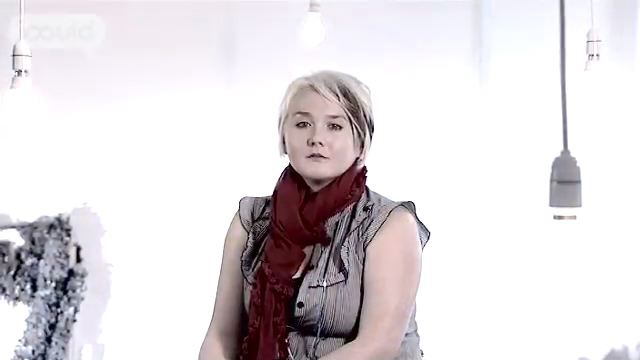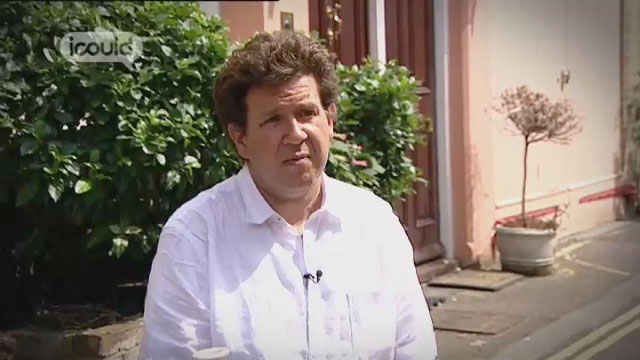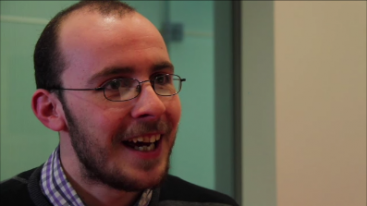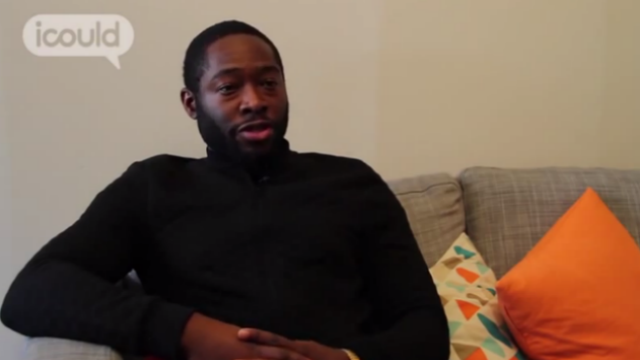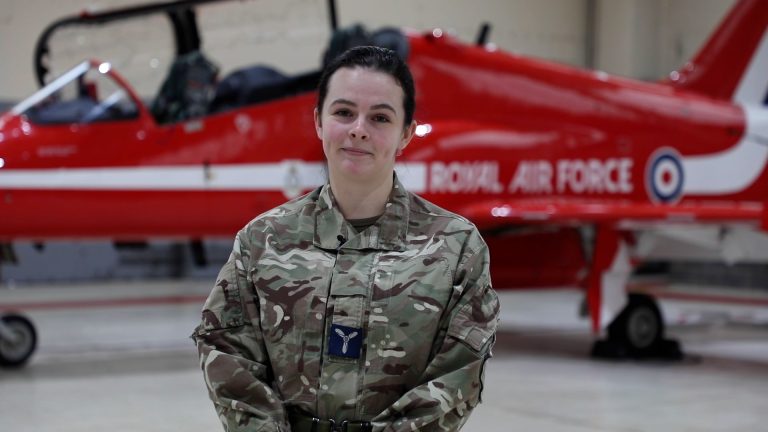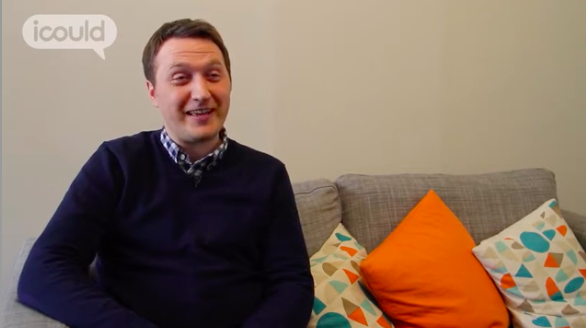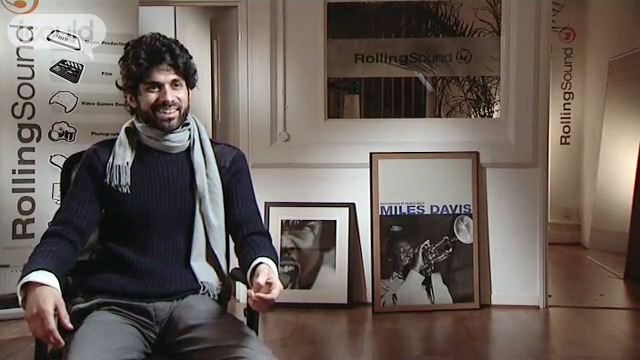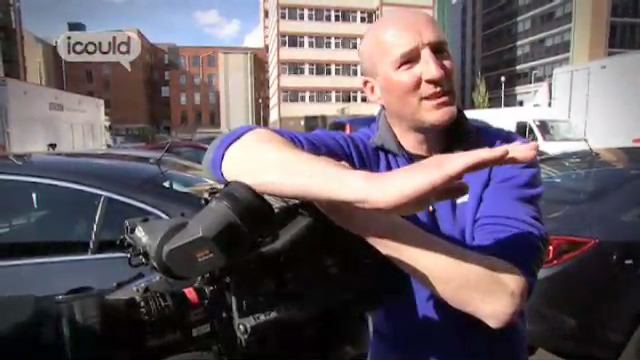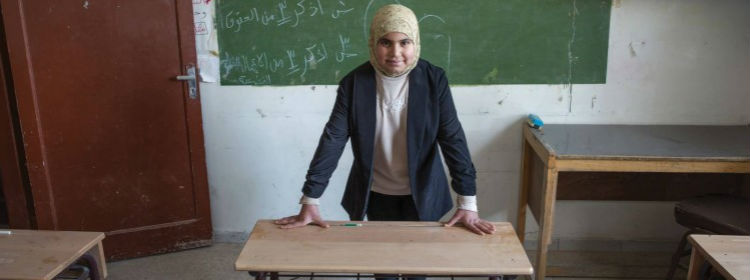Explore: Media
Art Director - Animation
Tiger Aspect
info Issues viewing the video?
|
 |
GILLIAN R |
|
00:02 |
I’m Gillian R and my job title is art director. |
|
00:05 |
OK, an Art Director in this production creates key art work to inform the other designers of how to create the backgrounds. So, for example, if there was an environment that was a café, I’d create one key image of how the café looks, what props are in there, where the characters are going to be and then the designers can take that as reference and create the other angles for the café. |
|
00:29 |
After I did my A levels at school I went to a local college and I studied Art and Design Foundation and then after that I went to university in Bournemouth. |
|
00:39 |
I did enjoy uni. I probably wasn’t very productive while I was there because it kind of depends what type of person you are. But it was fun and I made a lot of good contacts and my first couple of jobs came out of contacts that I made at uni, so it was good for that. But that was like six years ago, so I don’t know if university is essential working in this industry. It’s more just about your skill. So if you have good skills and portfolio, then you don’t need university. It helps, sometimes, but not always. |
|
01:12 |
So I grew up in Belfast in Northern Ireland and then I moved to Bournemouth to study. I had to leave Northern Ireland because they didn’t really have any animation courses. I think, over the last couple of years, they now have one at the University of Ulster, but at that time they didn’t have one and they had a course for visual communications and I didn’t even know what that meant, but I saw Bournemouth had animation production and it was traditional. A lot of the courses at the time, across the UK, were 3D or animation for gaming and I didn’t want to do computer stuff, I just enjoyed drawing and enjoyed animation, so I just wanted to draw animation. That’s all I really knew about it then, so I saw Bournemouth had a good course and it was traditional and it was by the sea, I was like, well that’ll do. |
|
02:07 |
So you need to have like an Erasmus scheme but with a different company. There’s an animation studio in China and they would send out students for like one month sort of around Easter time. But I didn’t do that, I did an Erasmus placement but then when I graduated, the studio was looking for graduates to come out and work for six months, so me and three other people from my course, we went out. We were there for three months and because of the language barrier, the British people sort of fell into doing characters, while the Chinese people did backgrounds, so that’s when I started doing character design and that was my first job and living in China was really amazing. It was very different, quite a culture shock but the project was really good and it was nice to be a part of a big production and also we got to live like Chinese people did. It wasn’t the same as being like a tourist, just visiting China, it was getting to live like they did, eat where they did, you know, shop where they did and it was really great. |
|
03:13 |
Outside of work, I actually do quite a lot of creative things. I enjoy, I recently took up knitting, so I quite like that. I do a lot of sketching and drawing in my own time, either designing or out in cafes sketching, I also enjoy, I mean a lot of TV at home and yes, cartoon series and things like that cos it’s all storytelling and, you know, design and everything, so I enjoy that a lot. I create art work for myself, outside of professional productions, just to keep my skills sharp, so I take all those designs and keep them in a self-published sketch book and just take them out and sell them. |
|
04:05 |
I’d give someone the advice, if they wanted to be in the animation industry, just to keep trying cos a lot of it is right time, right place, but then a lot of it is also skill, so just keep working at it. It’s quite important to have an on-line presence as well as like a physical presence in studios that you work in. But if you’re on, if you have a Facebook art page, a Twitter page, a Tumblr, if you do all that then you’re accessing as many people as you can and that’s really important as well. |
|
04:40 |
End of Gillian R |
Â
Gillian did a Foundation Degree in Art and then went on to study Animation at university. As part of her course she went to China and then was offered a job there for 6 months. Animation jobs have since taken her to Spain and Luxembourg before returning to England to join the Mr. Bean animated series team.
More information about Artists
Data powered by LMI For All
£42,640
average salary
The UK average salary is £29,813
40
average weekly hoursThere are 37.5 hours in the average working week
44%
male
56%
female
The UK workforce is 47% female and 53% male
Future employment
Future employment
Description
Artists create artistic works using appropriate techniques, materials and media; design artwork and illustrations; and restore damaged pieces of art.
Qualifications
No specific academic qualifications are required although a variety of vocational qualifications, degrees and postgraduate courses are available. Entry can be based upon portfolio work.
Tasks
- Conceives and develops ideas and ways of working for artistic composition
- Selects appropriate materials, medium and method
- Prepares sketches, scale drawings or colour schemes
- Builds up composition into finished work by carving, sculpting, etching, painting, engraving, drawing, etc.
- Approaches managers of galleries and exhibitions in order to get finished work displayed
- Uses artistic skills to restore damaged artworks
- Liaises with writers and publishers to produce book illustrations
- Markets and sells finished work directly to customers
- Produces works on commission basis for clients
Employment by region
Top 10 industries for this job
Libraries, etc
26950
Arts & entertainment
12264
Publishing activities
3006
Membership organisations
2845
Computer programming, etc
2307
Health
2088
Employment status
Related career stories
⇦
⇨
